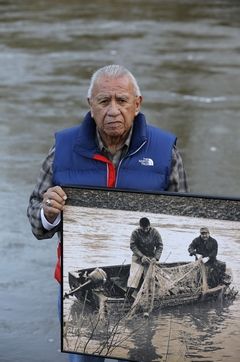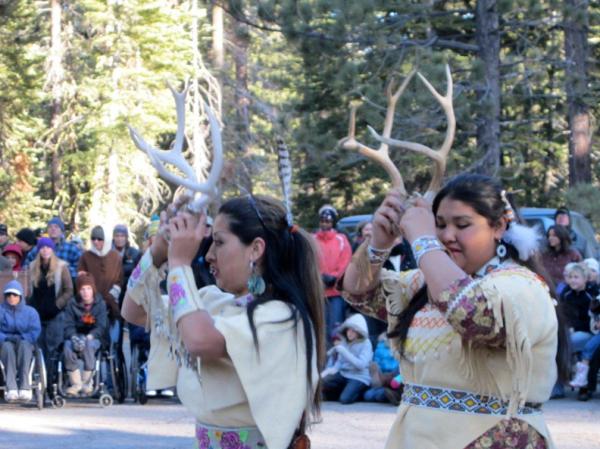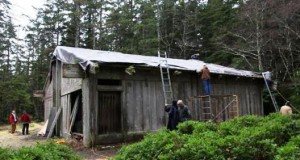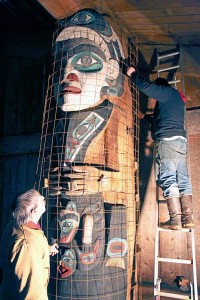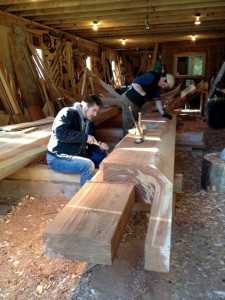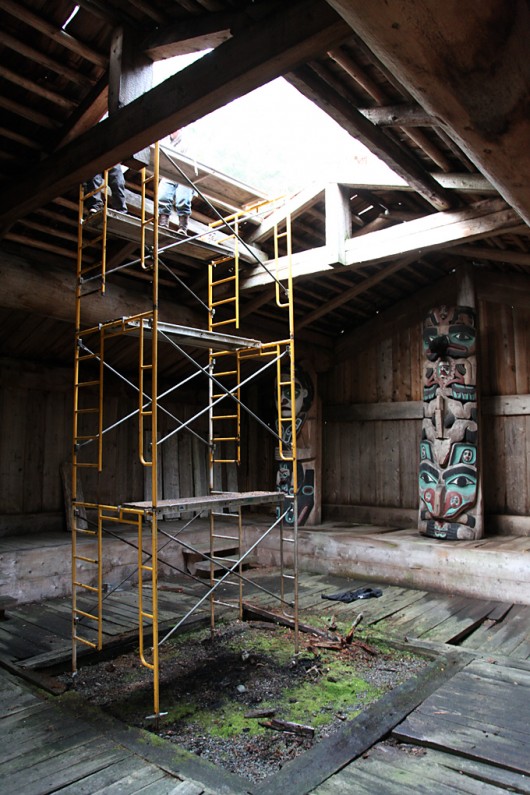SNOQUALMIE, Wash., Jan. 15, 2014 /PRNewswire/ — The Snoqualmie Indian Tribe recently donated $15,000 to the Mercer Slough Education Center, run by the Pacific Science Center. “The partnership with the Snoqualmie Tribe helps us to provide memorable and exciting encounters with environmental science, reaching 10,000 students, parents, and teachers a year,” says Dana Fialdini. “The Pacific Science Center is grateful for the support we have received.”
Another recent donation of $25,000 to the Burke Museum is supporting the exhibit Elwha: A River Reborn, which focuses on the removal of the Elwha Dams. Julie Stein, Executive Director for the Burke, says the museum is “delighted to partner with the Snoqualmie Tribe” and that the sponsorship helps the Museum and others “celebrate and share the historic and transformational story with tens of thousands of people in our community, across the state, and far beyond.”
The Tribe also made donations to Sightline Institute and the Seattle Aquarium for $6,000 and $40,000, respectively. “We are honored to support these worthwhile organizations that focus on educating the community on important conservation and environmental matters,” said Tribal Secretary Alisa Burley.
These most recent donations are part of the Snoqualmie Indian Tribe’s long-standing commitment to investing in various nonprofit initiatives in the Snoqualmie area and statewide. Since 2010, the Tribe has donated over $3.5 million to hundreds of Washington State nonprofit organizations, including the Woodland Park Zoo, the Swedish Hospital, Seattle International Film Festival, Pike Place Market Foundation, and the Seattle Art Museum.
“We are truly humbled by the amazing work these local non-profits are doing in our communities and are proud to partner with them in their endeavors,” said Tribal Chairwoman Carolyn Lubenau. “We look forward to what the future may bring for the Tribe and its community partners.”
To qualify for a donation from the Snoqualmie Indian Tribe, an organization must be located within Washington State and a 501c3 non-profit organization. Applications are available online at www.snoqualmietribe.us with the next application cycle deadline set as Friday, January 31st.
The Snoqualmie Indian Tribe is a federally recognized tribe in the Puget Sound region of Washington State. Known as the People of the Moon, Snoqualmie Tribal members were signatories of the Treaty of Point Elliott with the Washington territory in 1855. The Tribe owns and operates the Snoqualmie Casino in Snoqualmie, WA.






